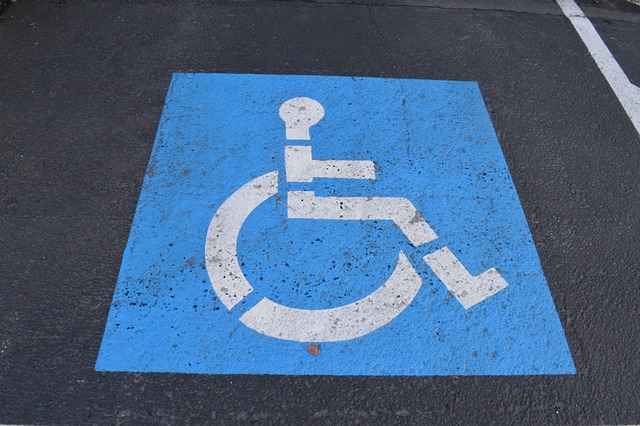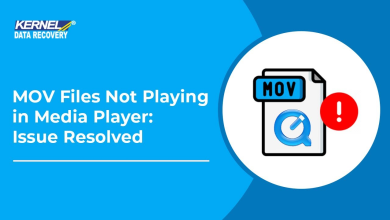The Americans with Disabilities Act (ADA) is a legislation that ensures equal access and opportunities for individuals with disabilities. It covers many areas, including employment, public accommodations, transportation, and telecommunications. This beginner’s guide to ADA compliance will shed light on the core principles of the ADA and provide practical guidance on how individuals, businesses, and organizations can work toward achieving compliance.

Contents [show]
Online Accessibility
Recently, the ADA’s reach has extended to include digital accessibility. This means businesses and organizations with an online presence, such as websites and mobile applications, must ensure their digital content is accessible to individuals with disabilities. To ensure website compliance, enterprises must provide text alternatives for non-text content, ensure keyboard navigation and compatibility with screen readers, or use accessible forms and documents for online transactions. Compliance with these digital accessibility guidelines aligns your online presence with the ADA and enhances user experiences for individuals with disabilities, promoting inclusivity and equal access to information and services.
Physical Accessibility
Physical accessibility is a central component of ADA compliance. This includes ensuring your facility is accessible to individuals with mobility impairments, such as wheelchairs or walkers. Key considerations include:
- Entrances: Provide accessible entrances with ramps or level approaches and clear and well-marked pathways.
- Doors: Ensure doors are wide enough to accommodate wheelchairs and have accessible handles or hardware.
- Parking: Designate accessible parking spaces that are wide enough and provide access aisles.
- Restrooms: Make restrooms accessible, including installing grab bars and accessible sinks, toilets, and mirrors.
- Seating: Provide accessible seating options in public areas, such as theaters and sports venues.
- Elevators and Lifts: Install elevators or lifts where necessary to provide access to different levels of your facility.
Communication Access
Effective communication is essential for individuals with sensory disabilities, including those who are deaf or hard of hearing and those with visual impairments. ADA compliance in this area involves:
- Signage: Use clear and easy-to-read signage with tactile features for individuals with visual impairments.
- Interpreters: Provide sign language interpreters or other auxiliary aids and services for effective communication with individuals who are deaf or hard of hearing.
- Accessible Documents: Ensure that printed materials, such as menus or brochures, are available in accessible formats, such as large print or Braille.
Service Animals
The ADA defined service animals as dogs individually trained to work or perform tasks for people with disabilities. Businesses and organizations must allow individuals with disabilities to bring their service animals into all areas where the public is typically allowed. It’s important to note that emotional support animals are not considered service animals under the ADA. Understanding the distinction between service animals and emotional support animals is crucial for businesses and organizations to ensure compliance with ADA regulations while accommodating individuals with disabilities appropriately.
Reasonable Modifications and Accommodations
Businesses and organizations must modify their policies, practices, and procedures to accommodate individuals with disabilities. This might include allowing a customer with a disability to use a service entrance if the main entrance is not accessible or extending the time limit for a customer with a disability to complete a transaction. It may also encompass providing materials in alternative formats, such as Braille or large print, or assisting individuals with disabilities in accessing goods or services.
Training and Awareness
Training staff and employees on ADA compliance is crucial. Ensure that your team understands the ADA’s requirements and how to interact with customers with disabilities respectfully and effectively. Regular training and awareness programs can foster a more inclusive and welcoming environment, helping staff and employees provide better service to all customers, including those with disabilities.
How to Achieve ADA Compliance
Achieving ADA compliance can be a multifaceted process, and the specific steps you must take depend on various factors. Begin by familiarizing yourself with the ADA and its requirements. The ADA website is valuable for accessing official guidance, publications, and frequently asked questions. Evaluate your facility and operations to identify areas requiring improvement to achieve compliance. Consider hiring an accessibility consultant or specialist to conduct a thorough assessment. Create a comprehensive plan outlining the steps and modifications needed to achieve compliance. Prioritize these tasks based on urgency and feasibility.
The ADA is subject to updates and changes. Stay informed about new developments and legal requirements related to ADA compliance. Regularly review and update your accessibility policies and practices as needed. Non-compliance with the ADA can result in legal action, including lawsuits and fines. Penalties for violations can vary based on the severity and duration of non-compliance. It’s essential to take ADA compliance seriously and make the necessary efforts to meet the requirements.

ADA compliance is not just a legal obligation; it’s a fundamental aspect of creating an inclusive and equitable society. Ensuring that your business or organization is accessible to individuals with disabilities is the right thing to do and a positive step towards expanding your customer base and fostering a more inclusive community. Following the guidelines in this beginner’s guide and staying committed to ADA compliance can contribute to a more accessible and welcoming environment.



